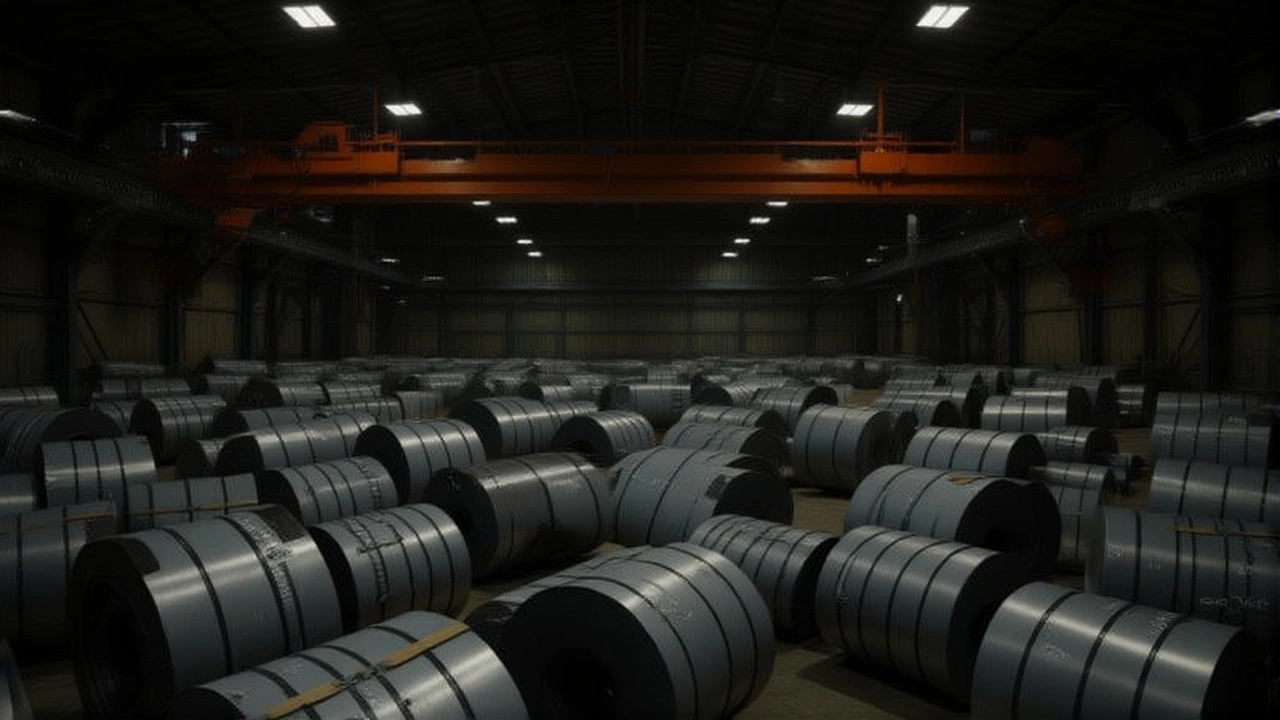EU Steel Tariffs Explained
When you hear about EU steel tariffs, taxes the European Union levies on imported steel to protect its domestic producers. Also called EU steel duties, they sit at the heart of European Union, a political and economic bloc of 27 member states that sets common trade rules's trade policy. The steel industry, companies that mine, process, and manufacture steel products feels the pressure straight away because higher import duties, fees charged on goods entering a market push raw material costs up. At the same time, a global supply chain, network that moves steel from mines to factories across borders reshapes its flows to chase cheaper sources.
Why the tariffs matter for businesses and consumers
First, the tariffs directly raise the price of any steel that comes from outside the EU. That means construction firms, car makers, and even home‑improvement hobbyists see larger bills on beams, panels, and wiring. Second, local steel producers get a price cushion, which can keep jobs in places like Germany and Italy alive. Third, the policy creates a feedback loop: higher prices encourage more investment in domestic mills, but they also risk retaliation from trading partners who might impose their own duties. In practice, you’ll notice a shift in where steel is sourced, with more shipments staying within Europe and fewer coming from traditional exporters like China or Brazil.
Another piece of the puzzle is the administrative side. Companies importing steel must file detailed customs declarations, prove the origin of the metal, and calculate the exact duty rate based on the product’s classification. Failure to comply can trigger fines or even a halt to shipments. Some firms use specialized software to automate this step, cutting down paperwork and reducing errors. The process is a clear example of how EU steel tariffs intersect with trade compliance tools, making the role of customs brokers more important than ever.
From a policy perspective, the EU frames these tariffs as an anti‑dumping measure—aimed at stopping foreign producers from selling steel at artificially low prices. The goal is to level the playing field so that EU manufacturers aren’t forced out by cheap imports. Critics argue that the move can backfire by raising overall market prices and slowing down infrastructure projects that rely on affordable steel. The debate continues in Brussels, where economists, industry leaders, and consumer groups all have a seat at the table.
Looking ahead, the future of EU steel tariffs will hinge on broader geopolitical shifts. Trade talks with major exporting nations, changes in carbon‑border adjustment mechanisms, and the EU’s own green‑energy targets all feed into tariff decisions. If the bloc tightens its climate rules, we might see a new layer of fees aimed at the carbon intensity of imported steel. Conversely, a major trade agreement could lower duties in exchange for market access elsewhere. Staying aware of these moving parts helps businesses plan better and avoid unexpected cost spikes.
All this background sets the stage for the articles below. You’ll find deep dives into the numbers, case studies from specific industries, and practical guides on how to navigate customs paperwork. Whether you’re a supplier, a buyer, or just curious about how trade policy shapes everyday products, the collection offers a clear look at the real‑world impact of EU steel tariffs.



